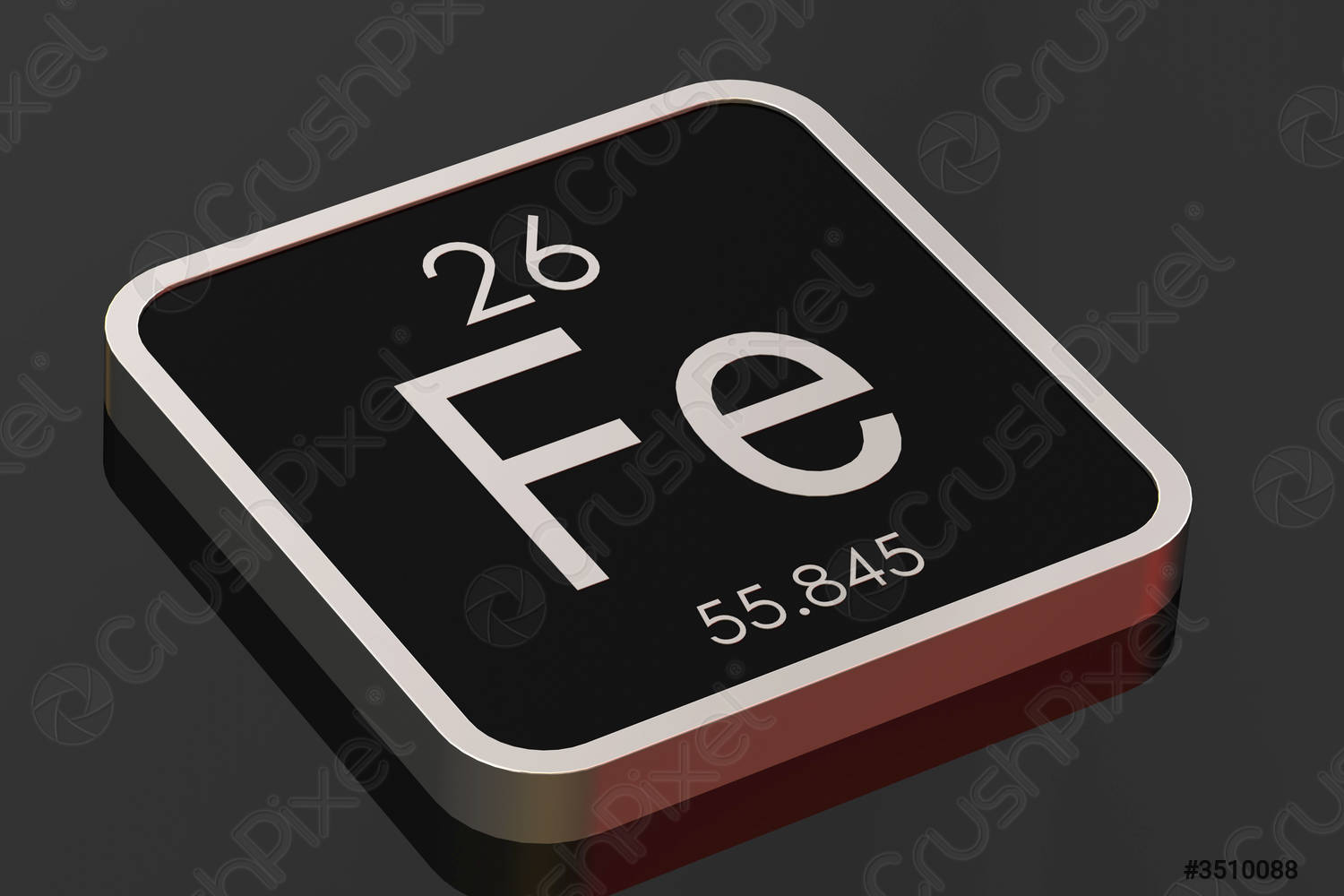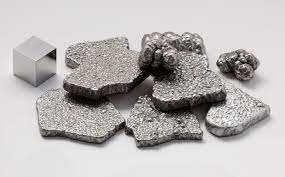Iron
Iron is the fourth most abundant element, by mass, in the Earth's crust. The core of the Earth is thought to be largely composed of iron with nickel and sulfur. The most common iron-containing ore is haematite, but iron is found widely distributed in other minerals such as magnetite and taconite.
Iron is used to make alloy steels like carbon steels with additives such as nickel, chromium, vanadium, tungsten, and manganese. These are used to make bridges, electricity pylons, bicycle chains, cutting tools and rifle barrels. Cast iron contains 3–5% carbon. It is used for pipes, valves, and pumps

